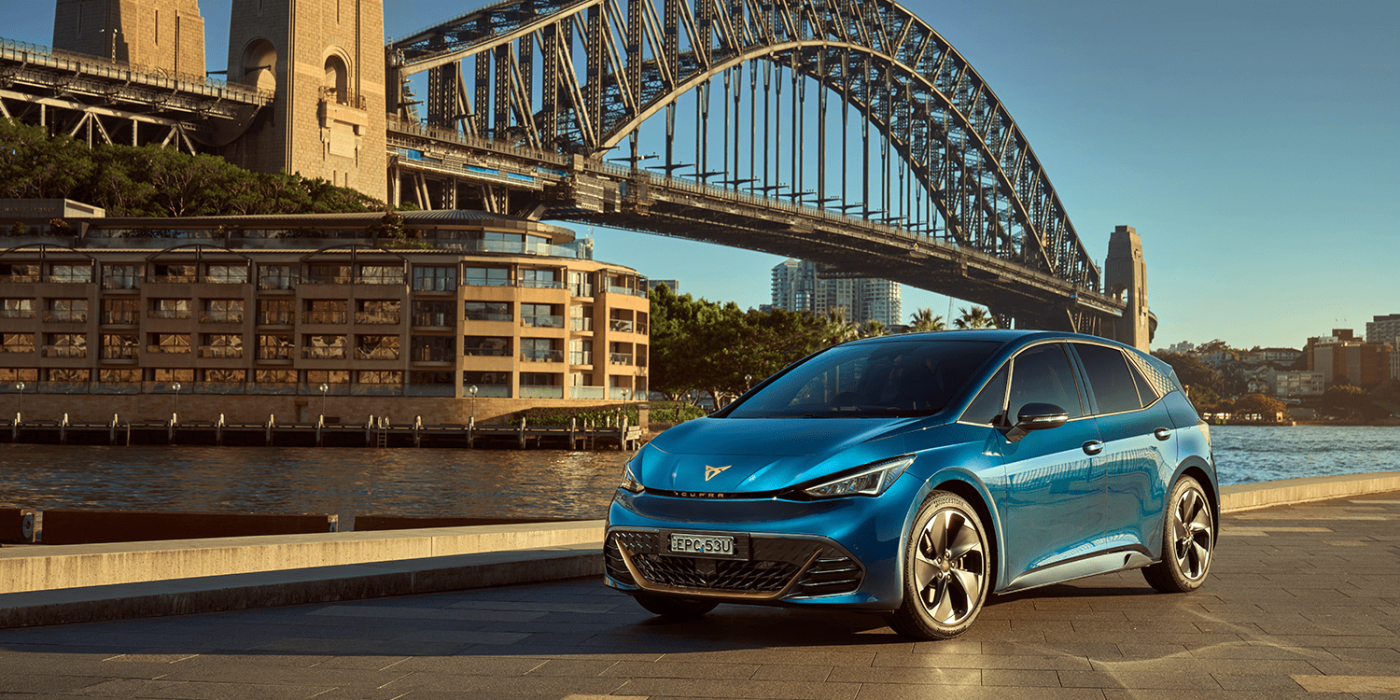Australia considers stricter emissions regulations from 2025
According to Australian media reports, the middle ground favoured by the government in Canberra envisages a fleet limit of 141 grams of CO2 per kilometre for new cars and 199 g/km for light commercial vehicles from 2025. By 2029, the limit values are to be gradually reduced to 58 g/km and 81 g/km respectively. And: car manufacturers that fall below the targets are to receive CO2 credits that they can sell to other manufacturers that do not meet the targets.
The strictest of the proposed options for the new emission standards envisages CO2 fleet limits of 34 g/km for cars and 56 g/km for vans by 2029 – targets that could probably only be achieved with electric vehicles and plug-in hybrids.
The system – called the New Vehicle Efficiency Standard (NVES) – with the CO2 credits would therefore probably work in a similar way to the CO2 pools for the fleet limits in the EU. Manufacturers would be encouraged to sell more electric and hybrid vehicles in order to offset the more polluting vehicles on their balance sheets – or they would have to pay for them. According to Chris Bowen, Minister for Climate Change and Energy, the government wants the penalty to be around 100 Australian dollars per gram of CO2 per kilometre. That is the equivalent of 60 euros per gram of CO2 that is emitted too much per kilometre driven. Or the manufacturers could secure CO2 credits from other car manufacturers beforehand.
Conversely, these companies that undercut their CO2 budget will be attracted by noticeable additional revenue. At the same time, the sale of heavy four-wheel drive vehicles and vans with high emissions is not directly banned, but is made less financially attractive. “[Car makers] have to meet an average across their fleet. It’s not a restriction on what Australians can buy,” Bowen is quoted as saying. “You can still buy a ute, an SUV, whatever you like.”
The Australian portal Drive notes that although the NEVS applies to new cars and light commercial vehicles, the targets for cars are much stricter than for vans and minibuses. This is because in the passenger car sector, the off-road vehicles often required in Australia’s more rural areas are lumped together with compact cars, saloons and “light family SUVs”, which are more common in cities. This increases “pressure on companies such as Toyota, Ford, Nissan and Mitsubishi, which sell large numbers of high-emission vehicles”, the report says.
This could also lead to increased demand for large pickups, which could then be preferred to a Toyota Landcruiser or Nissan Patrol, for example. This is because pickups are classified as light commercial vehicles – with a correspondingly higher CO2 target.





0 Comments